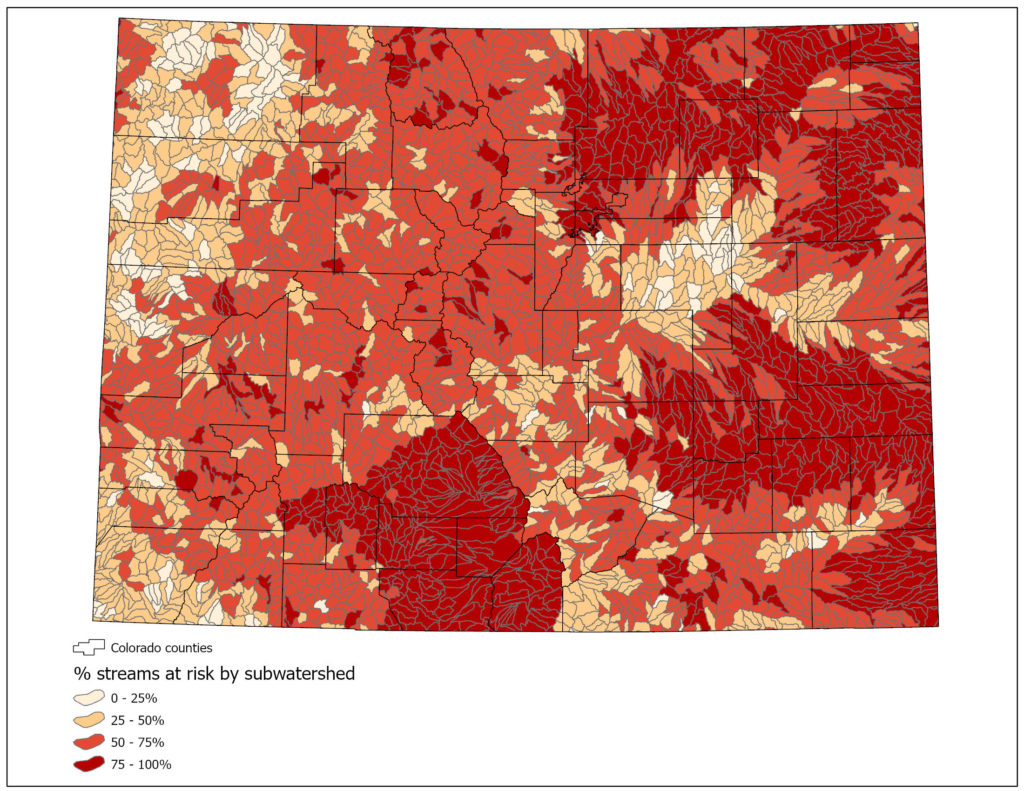This video is the second in a series detailing conservation projects powered by Pennsylvania’s Keystone Recreation, Park & Conservation Fund that benefit hunters and anglers. Since 1993, the Keystone Fund has continued to provide state-level matching dollars for a variety of conservation projects, including land acquisition, river conservation, and trail work. This series is the result of a collaboration between the TRCP and Trout Unlimited where the goal is simply to celebrate conservation success stories that make us all proud to be able to hunt and fish in Pennsylvania. The videos highlight just a few of the projects powered by this critical source of conservation funding. For more information on the Keystone Fund, you can visit: https://keystonefund.org.
Warmer weather and blooming forsythia and cherry blossoms are more than just the harbingers of spring in Pennsylvania. For anglers, these are the signals that soon the air above our best trout streams will be filled with mayflies, and the waters below will be teeming with hungry, rising trout.
Spring means the beginning of another trout season. For many, the smells, sounds, and sights of spring conjure memories of past adventures with friends and family, while simultaneously calling us back to the water.
In the Lehigh Valley, you don’t have to look very far to find quality wild trout habitat. That’s good news for anglers living in one of the most densely populated areas in the state. The Allentown-Bethlehem-Easton area is blessed with some of Pennsylvania’s best limestone spring creeks—famously challenging, yet productive trout streams. Among these well-known “limestoners” is Monocacy Creek, which flows south through the heart of Bethlehem and eventually into the Lehigh River, a quality wild trout river in its own right.
The presence of wild trout in this urban gem is no accident: It is the result of decades of stewardship. Like many urban wild trout streams in Pennsylvania, the Monocacy has seen its fair share of challenges. In 1989, a nearby chemical spill killed more than 30,000 fish, many of them wild brown trout. Since then, the area has experienced a boom in development, resulting in challenges with polluted stormwater runoff and degraded streambank habitat.
Enter the Monocacy Chapter of Trout Unlimited and Monocacy Watershed Association. Members of these conservation organizations have worked hand in hand with Bethlehem municipal departments and other conservation organizations to preserve coldwater trout habitat along the creek through various projects funded by the Keystone Recreation, Park, and Conservation Fund and the state’s Environmental Stewardship Fund.
Many of these projects not only restore or improve habitat—they also help to mitigate the impacts of flooding and provide better access to anglers from the surrounding communities and beyond. (For a local perspective on the popularity of Monocacy Creek, check out this blog from angler Michael Evanko.)
Spring in Pennsylvania means another trout season full of making memories and forging connections outdoors. It’s also a good time to take a moment and recognize the tools, projects, and programs that gave us the places we love to fish.
Unfortunately, our work is not done. April showers may bring May flowers, but they are a reminder of the stormwater runoff challenges and need for streambank stabilization made possible by state-funded conservation. Spring is also traditionally the beginning of the state budget season, when funding in the Keystone Fund and Environmental Stewardship Fund has perennially come under threat.
Take a look at what these funds mean to local angler Jose DeJesus, a member of Monocacy TU and Monocacy Watershed Association. Listen as he shares his story of chasing trout over a lifetime on the Monocacy.







FINED THE COMPANIES THAT ARE POLLUTING THE RIVERS TELL THE FISH COMMISSION TO STIFFEN THE PENALTIES OF DESTRUCTION OF THE MONOCACY RIVER THAT WHY WE PAY HIGH PRICES TO FISH THESE STREAMS
PFBC Stop stocking over class a trout water! The lower end of the creek is gaining more and more sediment from each flood. Saw multiple wild trout on stringers over the weekend which was incredibly concerning. It’s a great fishery near home but being so urban it’s getting more of a feel like a put and take fishery. We need to protect the valley limestoners